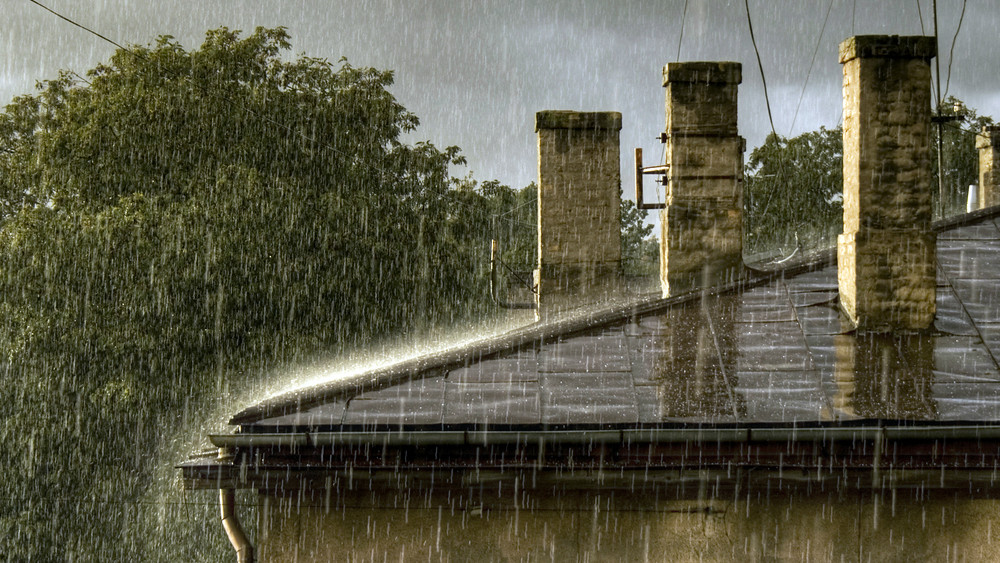The research project, which is being led by Professor David Coley, Director of the Centre for Energy and the Design of Environments (EDEn) in the Department of Architecture & Civil Engineering at the University of Bath, will transform the way building scientists and engineers consider how differing weather conditions affect the built environment.
Improving building resilience
In 2003, over 70,000 people died across Europe due to a widespread heat wave. The cause of this many deaths was not just the extreme weather conditions, but the designs of the buildings not being resilient enough to deal with the conditions and subsequently protect the occupants from the external weather conditions. It is hoped this research will improve our resilience to future such events by improving understandings of the relationship between building design and the weather.
There are growing concerns about what might happen in homes if the energy grid was disrupted during a cold snap – people could be left in rapidly cooling houses and it is unknown how quickly the homes would reach a critical temperature. Answering this question is a key element of energy security given the UK’s reliance on imported gas and recent geopolitical tensions with Russia.
Hourly time series
A significant part of this project will be to create an hourly time series of predicted weather for the next 85 years until 2100, some of these will represent typical weather, others extreme conditions such as heat waves and cold snaps.
Professor of Low Carbon Design, David Coley said: “In western civilisations we know the greatest contributor to weather-related deaths are short term extreme temperature changes, including both increases and decreases.
“These temporary temperature variations account for more weather-related deaths than all other weather events combined including lighting strikes, rain, flooding, hurricanes and tornados.
“It is important that we recognise the role buildings play in responding to and dealing with extreme weather conditions – buildings can keep people alive during extreme weather events, but they can also kill. The time series of example hourly weather we are devising in conjunction with testing these variations on different building designs will help us to better develop building designs that can safely and comfortably house occupants and avoid weather-related preventable deaths in the future.”
The different weather characteristics will then be tested on over 1200 different building designs in order to discover how the characteristics of external temperature, wind and sun cause issues for occupants, such as over demand on central heating systems and air conditioning.
From applying this 85 year forecast to the different building examples, the researchers for the first time will be able to understand a weather event such as a heat wave not just in terms of the external characteristics like duration or temperature, but also the implications of such an event on the internal environment of a building and the impact of its occupants.
Ensuring buildings become sustainable It is widely accepted that climate change will have a significant impact on UK building design and energy use in the near and distant future. With predicted temperature changes being large enough to make some buildings become uncomfortable or even fail certain regulations, the need for a better understanding of future weather trends in relation to building design is imperative in ensuring buildings become sustainable.
The University of Bath’s Department of Architecture & Civil Engineering was ranked equal first in the UK in Architecture & the Built Environment for the high quality and international impact of its research (2014 Research Excellence Framework). In the assessment, 85 per cent of its research output was judged to be internationally excellent while 90 per cent of its research impact was judged outstanding.

